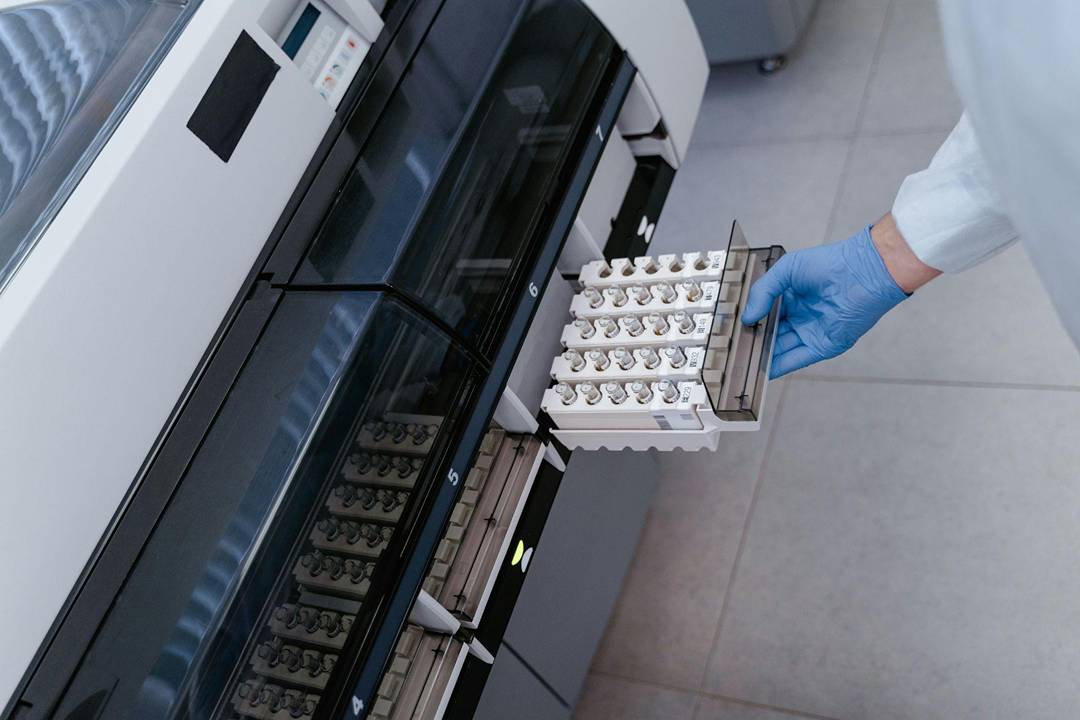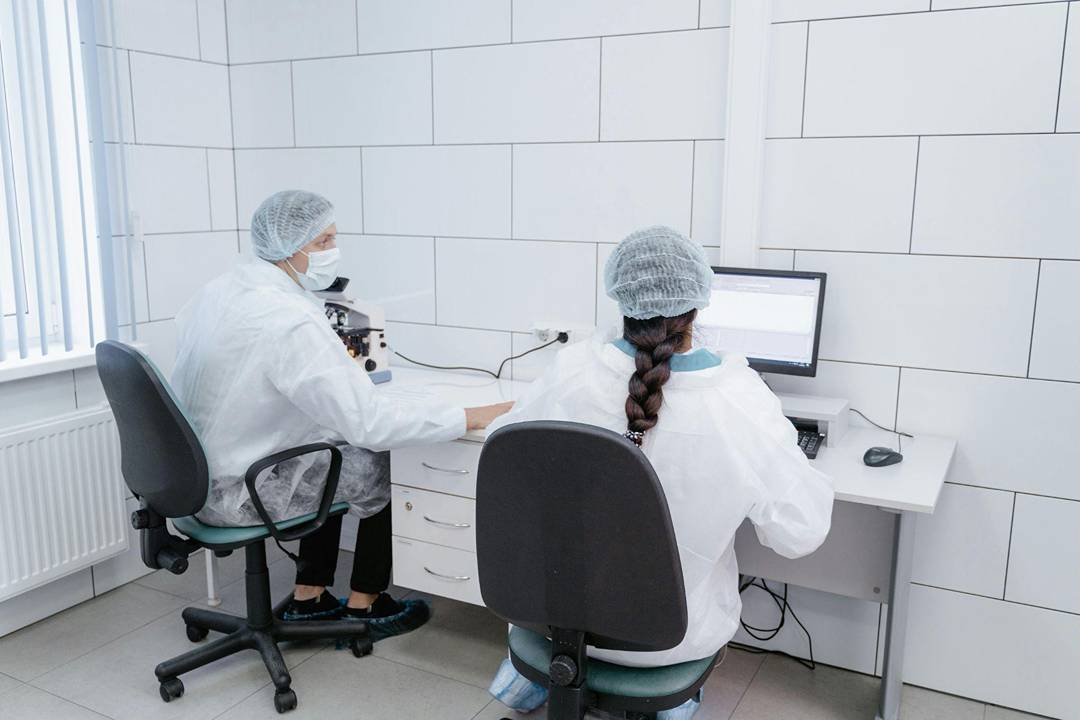
The Importance of Accuracy in Clinical and Laboratory Procedures
In clinical and lab work, accuracy isn’t just a nice-to-have—it’s everything. One slip can mean a wrong diagnosis, a botched treatment, or research that falls apart. Healthcare systems lean hard on results that tell the real story, and even a tiny mistake can throw everything off.
Lab and clinical pros deal with delicate stuff—blood, tissue, chemicals—that’s got to stay pristine. One wrong move in processing, and the whole thing’s compromised. That’s why getting it right every single time is non-negotiable.
Why Precision Tools Make a Difference
Labs and clinics often work with teeny amounts of liquid, where a fraction of a drop can make or break the outcome. Mess up the measurement, and your results are toast. That’s where precision tools, like precision liquid dispensing devices, come in clutch. They nail those small volumes, cut out human error, and keep things moving fast.
In a busy lab juggling dozens of tests, mistakes can snowball under pressure. These tools keep standards tight, reduce do-overs, and save time and cash. When things are hectic, that kind of reliability’s a lifesaver.
Accuracy and Patient Outcomes
In clinics, accuracy hits close to home—it’s about people’s lives. Every test feeds into a doctor’s call on what’s wrong and how to fix it. A mix-up can send a patient down the wrong road, and nobody’s got time for that.
Samples need kid-glove handling—labels on point, timing perfect. One fumble, and someone’s health could take the hit. Clear protocols, from collection to processing, are the guardrails that keep things safe. It’s not just data; it’s trust between patients and their care teams.
Technology’s Role in Clinical Precision
Tech’s a heavy hitter in the accuracy game. Modern labs roll with fancy gear—analyzers, dispensers, digital trackers—that outpace human hands. They’re faster, sharper, and way less likely to flub it.
Real-time tracking systems are popping up too, logging every step so you can spot trouble early. They’re gold for audits and tweaking processes. Some even ping you if something’s off, like a digital heads-up to catch errors before they bite.
The Human Factor in Accurate Work
No matter how slick the tech, people are the heart of the operation. Skilled staff who know the drill inside out are irreplaceable. Mistakes creep in when folks rush or wing it, so training’s gotta be rock-solid.
Labs and clinics need to drill the basics—gloves, labels, clean surfaces—and make sure everyone’s comfy with the tools. Regular refreshers keep folks sharp as science evolves. A well-trained crew isn’t just an asset; it’s the backbone of reliable results.
Managing Human Error
Humans mess up—it’s just how it goes. Smart labs plan for it with systems to keep risks low. Checklists, clear guides, and reminders help folks stay on track, even on crazy days.
Breaks matter too—tired brains make sloppy calls. A clean, uncluttered workspace cuts confusion and keeps focus tight. It’s not about being perfect; it’s about catching slip-ups early and fostering a vibe where everyone’s cool calling out issues or double-checking.
Research Depends on Accuracy
In research, accuracy’s the whole ballgame. One bad data point in a trial or study can tank months of work and erode trust in the findings. Precision liquid dispensing’s a star here, ensuring every step’s repeatable so other scientists can back you up.
Data tracking’s just as crucial—software logs keep massive datasets clean, ready for audits or comparisons. It’s like a safety lock on your work, guarding against loss or tampering and keeping the science legit.
Building a Culture of Accuracy
Accuracy starts at the top—leaders have to walk the talk, prioritizing care over cutting corners. When they celebrate doing things right, it spreads. Staff stop rushing, start double-checking, and lean on each other to keep standards high.
That vibe builds over time, sinking into new hires and shining through in every test. It’s not just about fewer mistakes; it’s about pride in the work and trust from everyone—patients, researchers, you name it. A lab like that doesn’t just run; it hums.

Final Thoughts
Accuracy’s the bedrock of clinical and lab work—every sample, test, and result hinges on it. Tools like precision dispensers are huge, but it’s the people, training, and culture that seal the deal. Tech’s got your back, but human care carries the day. In medicine and science, there’s no cutting corners—getting it right the first time’s what changes lives.

Comments (0)